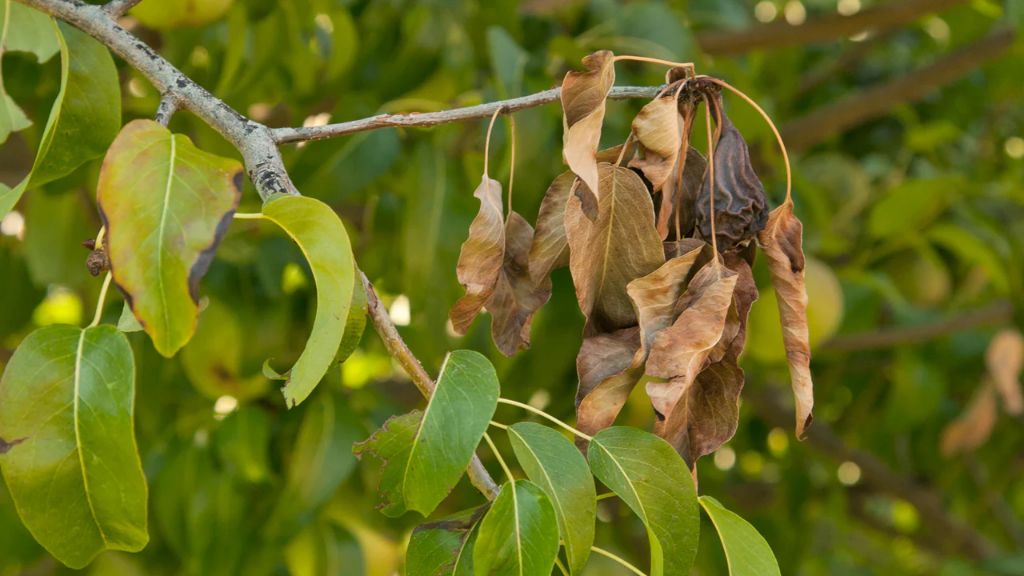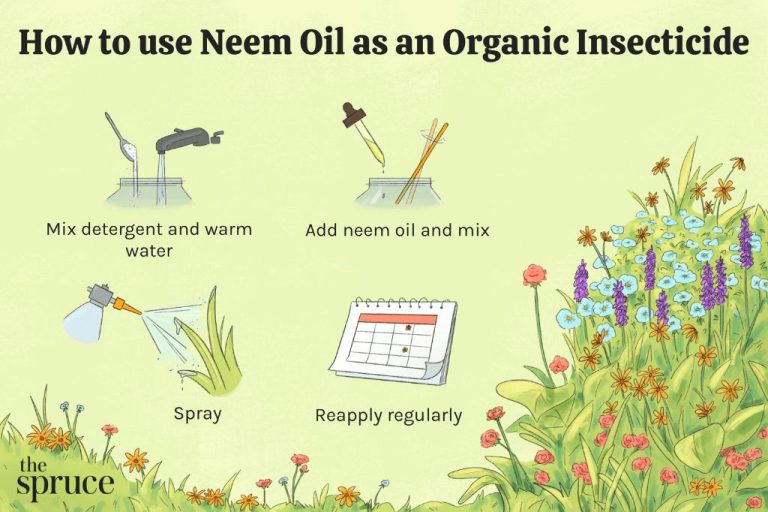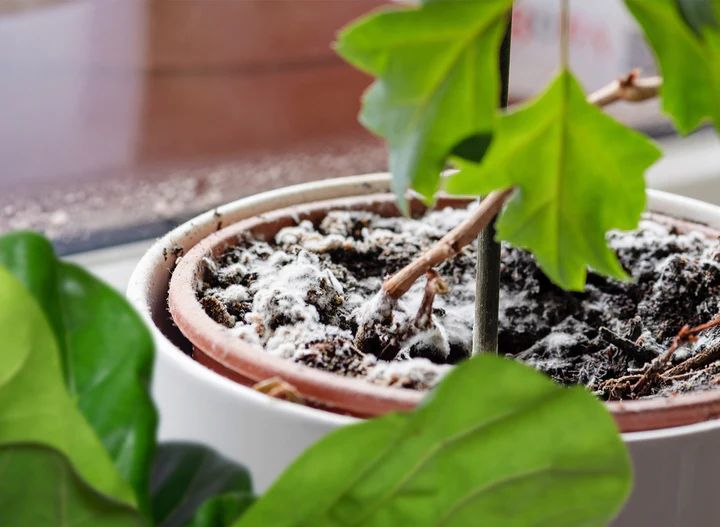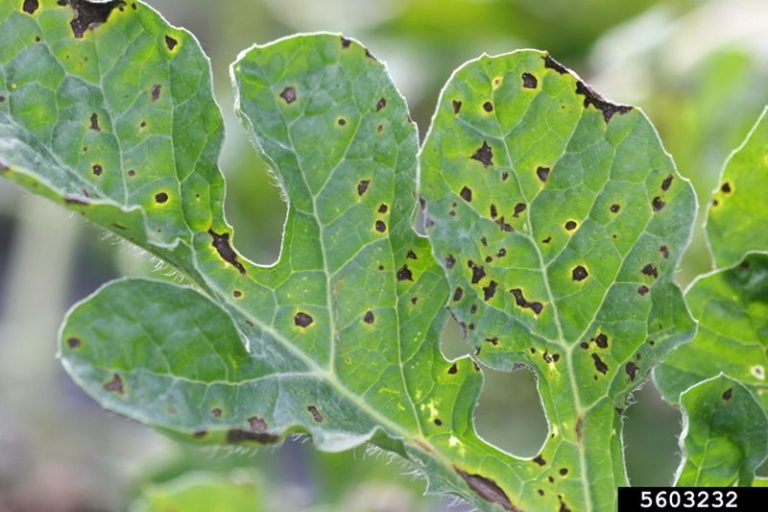Preventing And Managing Fire Blight: Protecting Your Fruit Trees
Fire blight is a destructive bacterial disease that affects apple, pear and some other trees in the rose family. It is caused by the bacterium Erwinia amylovora. This disease can kill blossoms, fruit, shoots, limbs and sometimes entire trees. Fire blight gets its name from the scorched, blackened appearance it causes on many affected plant parts. This disease poses a serious threat to commercial apple and pear production as well as backyard fruit trees.
Fire blight affects apple, pear, quince, hawthorn, pyracantha, cotoneaster, mountain ash, ornamental crabapple and some other plants in the rose family. However, apple and pear are the most commonly affected. This disease can devastate orchards and home fruit trees, causing major economic losses. Preventing fire blight is crucial for successfully growing pear and apple trees.
Symptoms of Fire Blight
Fire blight symptoms typically first appear in spring as blossoms suddenly wilt, turn brown or black, and remain attached to branches. Young shoots may also rapidly wilt and turn black, forming a characteristic shepherd’s crook shape as the tip curls downward. Cankers form on branches and twigs, appearing water-soaked and reddish-brown. Orange bacterial ooze may exude from cankers in humid conditions (Fire Blight: Symptoms, Treatment and Control).
As the growing season progresses into summer, symptoms continue to spread. Leaves on infected branches wilt, brown, and remain attached. Cankers expand and crack open. The bacterium moves downwards from branches to main trunks, causing sunken lesions that slowly girdle the tree. Symptoms are most severe in warm, humid weather that promotes bacterial growth (Fire Blight: Symptoms, Causes & Treatment).
Conditions that Encourage Fire Blight
Certain weather conditions create an ideal environment for fire blight to thrive. Warm, wet spring weather with temperatures between 65-85°F promotes rapid bacterial growth and infection. Heavy rainfall and hail can cause wounds on trees, allowing the bacteria to enter. High humidity also encourages disease development.
Some apple and pear varieties are more susceptible to fire blight than others. Highly susceptible varieties include Gala, Fuji, Golden Delicious, and Bartlett pears. Susceptible varieties are more likely to become infected, especially under ideal weather conditions.
Pruning trees during the growing season, especially heading cuts that remove the ends of branches, creates fresh wounds that allow fire blight bacteria to infect the tree. Heavy pruning when the tree is actively growing should be avoided.
According to https://www.farmprogress.com/crop-protection/new-tools-to-fight-fire-blight, climate change is creating warmer springs that encourage fire blight development, so vigilance is key.
Cultural Prevention Methods
There are several cultural practices that can help prevent fire blight infection and spread in fruit trees.
Proper pruning techniques are critical for controlling fire blight. Infected branches should be pruned 8-12 inches below visible symptoms of infection to remove bacteria-filled tissue (https://extension.colostate.edu/topic-areas/yard-garden/fire-blight-2-907/). All pruning cuts should be made during dry weather and pruning tools should be sanitized between each cut with a 10% bleach solution or alcohol to prevent spreading the bacteria. Dead wood and water sprouts should also be removed through regular pruning to improve air circulation and light penetration in the canopy.
It’s essential to promptly remove and destroy any branches or plant material showing signs of fire blight infection (https://hgic.clemson.edu/factsheet/fire-blight-of-fruit-trees/). Fallen leaves and fruit should be raked up and discarded. Avoid excessive nitrogen fertilization which causes succulent tissue growth that is more susceptible to infection.
To prevent spread, avoid overhead watering which can splash bacteria onto leaves and fruit. Drip irrigation or watering at ground level is recommended. Manage weed growth as some weeds can serve as hosts for the fire blight bacteria.
Chemical Prevention Methods
Chemical prevention methods for fire blight involve applying antibiotics to trees during bloom when they are most vulnerable. Some commonly used antibiotics include:
- Streptomycin – Streptomycin was the first antibiotic registered for fire blight control and is considered highly effective when applied properly. It is absorbed quickly into plant tissues and can protect blossoms from infection for up to 3 days after application (source).
- Kasumin – Kasumin is a newer antibiotic that provides good disease control similar to Streptomycin. It is less prone to resistance development but is more expensive (source).
- Oxytetracycline – Oxytetracycline provides moderate fire blight control. It may be less effective than Streptomycin or Kasumin but can help reduce resistance development (source).
The key advantages of antibiotic sprays are their effectiveness when applied properly and ability to protect blossoms before infection occurs. However, they can be expensive, resistance can develop, and poor timing or coverage can reduce their efficacy. Overall, antibiotics remain an important tool for fire blight prevention but should be integrated with other methods.
Biological Prevention Methods
Using natural biological agents to prevent fire blight can be an effective and ecologically friendly approach. Two main biological prevention methods include:
Bacterial Antagonists
Certain beneficial bacteria can be applied to flowers and leaves to occupy space and compete with the fire blight bacteria (MOFGA). Products containing Pseudomonas fluorescens or Bacillus subtilis strains have shown effectiveness against fire blight. The bacteria prevent the fire blight bacteria from colonizing and infecting the plant.
Plant Defense Boosters
Some biological products help boost the natural defenses of the plant against infection. Applying resistance-enhancing products containing oligosaccharides, specific proteins, or harpin proteins can trigger systemic acquired resistance and help protect against fire blight (Frontiers in Microbiology). This activates the plant’s immune response prior to infection.
What to Do if Fire Blight Strikes

If fire blight is identified in your orchard, prompt action is required to stop the spread of the disease. The most important measure is to remove and dispose of diseased branches properly.
Prune out infected branches, cutting at least 8-12 inches below any visible symptoms. Sterilize pruning shears between each cut by dipping them in a 10% bleach solution or isopropyl alcohol to avoid spreading the infection. Remove the cut branches from the orchard immediately and burn them to destroy the bacteria – do not compost diseased wood.
Depending on the extent of infection, you may need to remove entire trees. This is recommended if more than 30% of the crown is infected.
The antibiotics streptomycin or oxytetracycline can be applied as a spray within 24-48 hours after a hailstorm or other blight-spreading event. This can help protect healthy tissue and limit the spread. However, antibiotics are only effective as a preventive treatment and will not cure trees that are already infected.
After any necessary pruning, treat the orchard proactively with copper sprays to limit new infections while trees are susceptible. Maintain thorough coverage of susceptible blossoms, fruits, shoots and branches.
With prompt removal of infected branches and preventive copper applications, healthy parts of the tree can often be saved. But diligence is required to keep fire blight from taking over an entire orchard.
Rehabilitating Trees After Fire Blight
Once fire blight has struck your trees, proper rehabilitation is crucial for their recovery and future health. The most important part of rehabilitation is pruning out infected branches and cankers. When pruning diseased branches, it’s vital to cut at least 8-12 inches below any visible symptoms of infection. This ensures you remove the entire infected portion. Sterilize your pruning tools between each cut by dipping them in a 10% bleach solution or isopropyl alcohol. Pruning is most effective when done during dry weather in late winter or early spring before growth resumes. Remove and destroy all pruned branches immediately to prevent further spread.
Allow trees adequate time to recover before replanting or grafting. Most experts recommend waiting 1-2 years before replanting the same species in a site affected by fire blight. Resistant varieties are the best choices when replanting. Grafting should also wait 1-2 years and use only blight-resistant rootstock and scionwood. Providing optimal care through proper watering, fertilization, and pest management will help rehabilitated trees regain their vigor. But continue monitoring closely for any recurrence of symptoms. With diligent rehabilitation and care, most trees can make a full recovery after fire blight.
Fire Blight-Resistant Varieties
When choosing apple, pear, and other fruit tree varieties for an orchard or backyard, it’s important to select cultivars that have resistance to fire blight. While no variety is completely immune, the following trees have moderate to high resistance and are recommended for areas prone to fire blight:
Apples:
- Enterprise
- Freedom
- Goldrush
- Jonafree
- Liberty
- Prima
- Pristine
- Redfree
- Sir Prize
Pears:
- Harrow Delight
- Honeysheen
- Moonglow
- Tyson
Other fruit trees:
- Apricots – Anything other than Manchurian apricots
- Cherries – Montmorency tart cherry
- Peaches/Nectarines – Reliance Peach
- Plums – Shropshire Damson plum
For a more extensive list of resistant varieties, check out this guide. When planting an orchard or even a few backyard fruit trees, choosing blight-resistant cultivars can help prevent costly damage and tree loss.
Conclusion
In conclusion, fire blight is a very serious disease that can decimate fruit trees and is very challenging to control. However, by using an integrated pest management approach that combines cultural, chemical, and biological methods, the risk of fire blight can be substantially reduced.
The most important preventive measures include choosing resistant varieties, practicing good orchard sanitation, pruning out infected branches, and avoiding excessive nitrogen fertilization. During times of high risk, applying preventive copper or antibiotic sprays can help protect blossoms and shoots. If infections occur, quickly removing and destroying affected branches limits its spread. Rehabilitating trees after infection requires diligent sanitation over successive seasons.
While fire blight remains difficult to completely eliminate, an integrated program tailored to local conditions provides the best defense. With proper prevention and management, most trees can be productively maintained. The importance of variety selection, cultural practices, monitoring, and timely intervention when needed cannot be overstated. By integrating multiple complementary techniques, fruit growers can minimize fire blight’s potentially devastating impacts.






